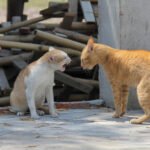Domestic cats, scientifically known as Felis catus, are descendants of wildcats. Originating from the African wildcat, these adaptable hunters began their journey alongside humans around 9,500 years ago. This coexistence has formed a unique relationship while retaining many instincts. Understanding their evolution provides insights into why cats still possess strong hunting instincts despite domestication.
Anatomy of a Hunter
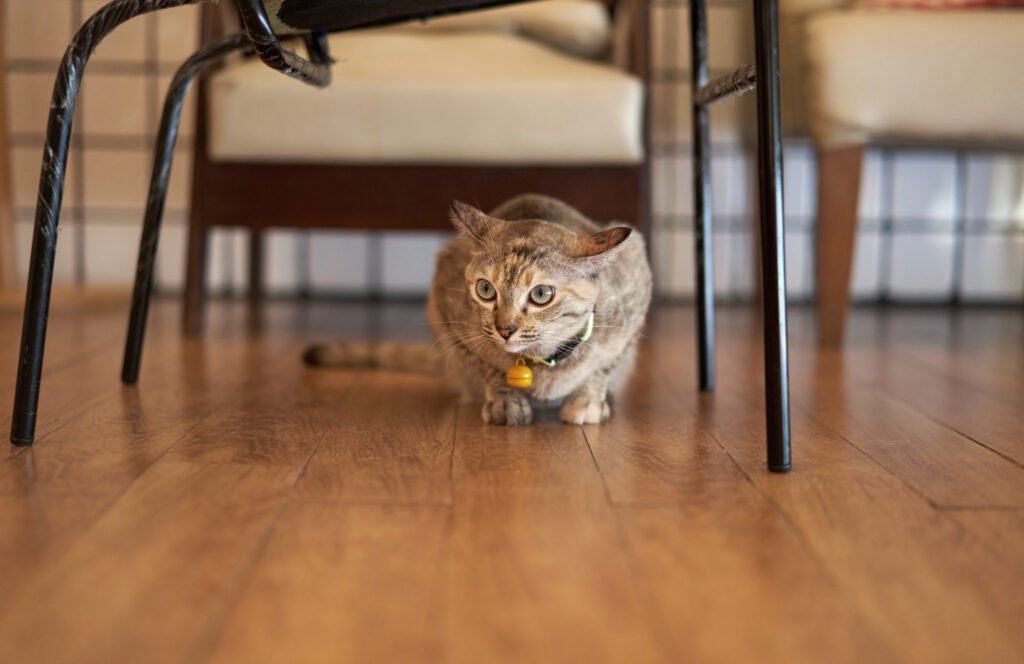
Cats are structurally built for hunting. Their eyes are forward-facing, granting them depth perception similar to other predators. They have sharp retractable claws and powerful muscles for pouncing and climbing. These features combined create a quintessential predator, capable of pursuing and capturing prey with precision. The anatomy of a domestic cat remains fundamentally similar to that of its wild ancestors, playing a key role in their hunting prowess.
Sensory Skills Designed for Detection
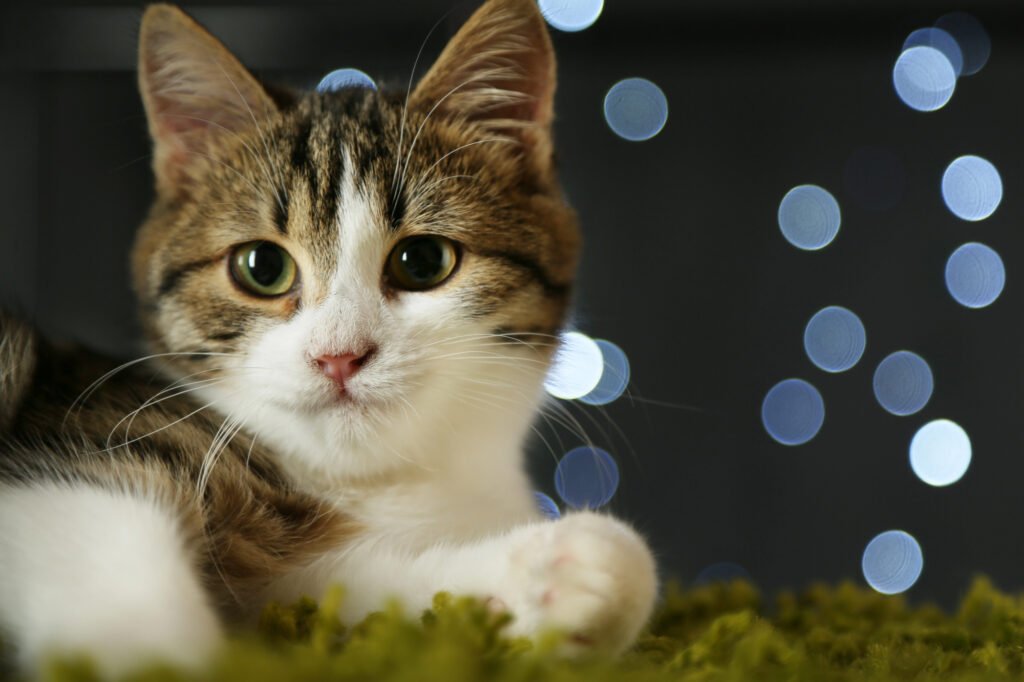
Cats possess exceptional sensory abilities that aid in hunting. Their acute hearing allows them to detect the faintest sounds of potential prey, while their sense of smell helps identify trails and territorial markers. Whiskers, or vibrissae, are incredibly sensitive, enabling cats to sense changes in their environment and aiding in spatial awareness during hunts.
The Role of Instincts in Behavior
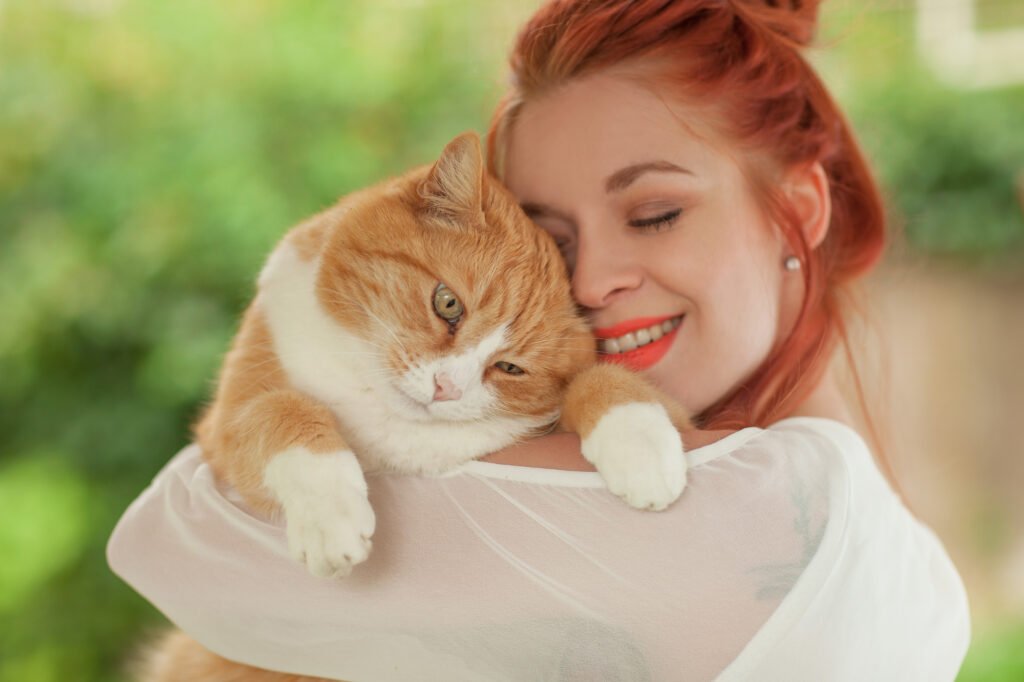
Although domestic cats have adapted to living alongside humans, their behaviors often echo wild ancestors. Instincts such as stalking, pouncing, and capturing prey can be observed during play. Even well-fed domestic cats exhibit these behaviors, illustrating the powerful influence of ingrained instincts that transcend domestic needs.
The Influence of the Early Bond with Humans
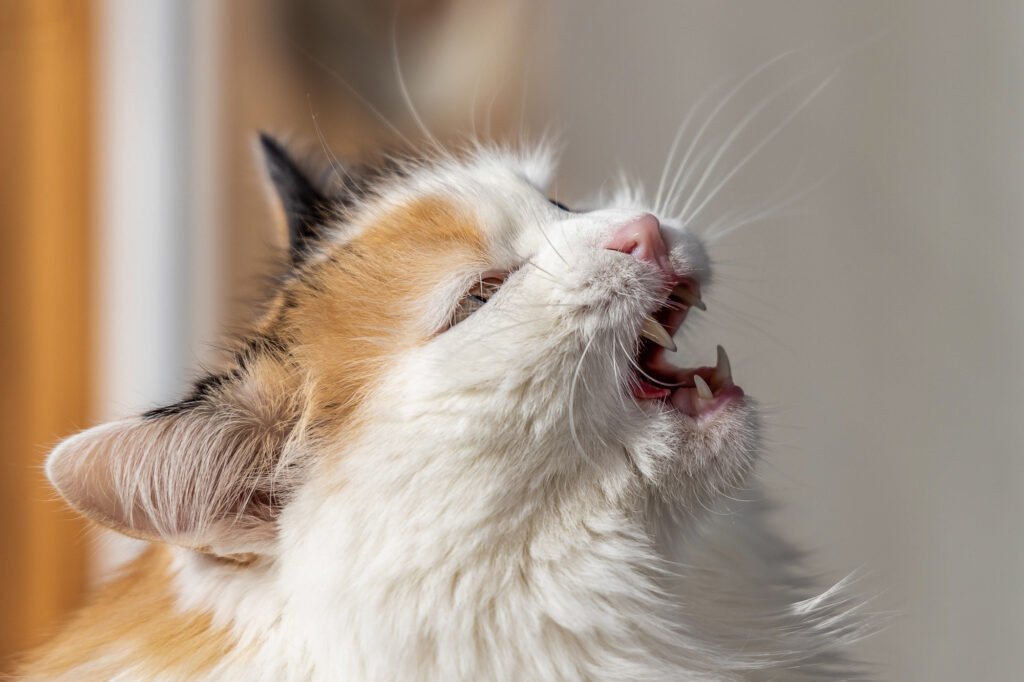
Early human societies likely encouraged the presence of wildcats for their rodent-hunting skills, fostering a mutualistic relationship. This relationship didn’t require the complete domestication of cats, leading them to retain much of their wild behavior. Unlike dogs, which underwent extensive domestication and selective breeding, cats have experienced less direct human influence on their hunting instincts.
The Psychology Behind Play and Hunting
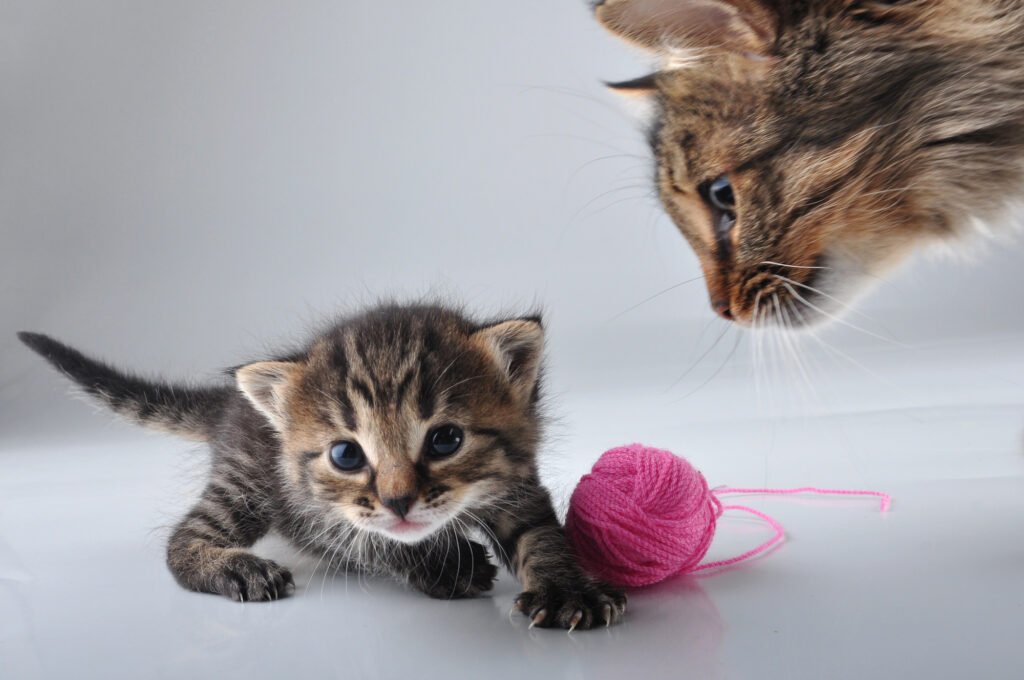
The boundary between play and hunting in cats is thin; both serve similar purposes. Play with kittens and adult cats is crucial for developing and maintaining hunting skills. During play, cats fine-tune their motor skills and instincts, preparing them, in theory, for real hunting situations. This behavior persists even in an environment where they no longer need to hunt for food, indicating its deep-rooted nature.
Hunting as a Survival Mechanism

For many stray and feral cats, hunting remains a survival mechanism. They rely on catching small animals to fulfill dietary needs, demonstrating the instinct’s ongoing practicality. As natural-born hunters, domestic cats have retained this crucial ability, enabling them to survive even when human provisions are unavailable.
The Ecological Impact of Domestic Cats
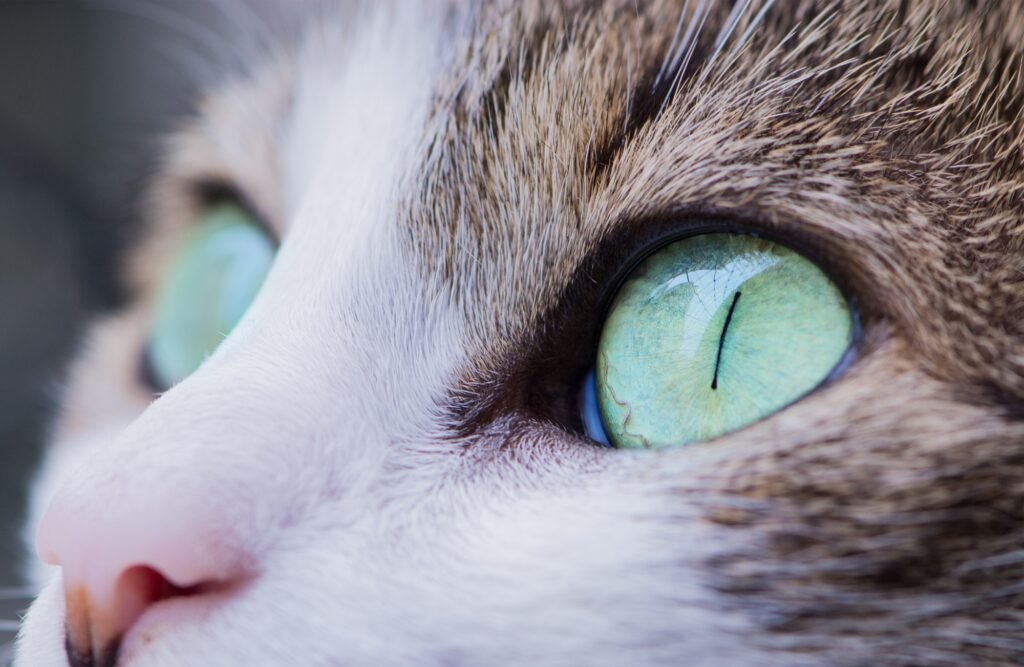
Domestic cats, due to their effective hunting abilities, can significantly impact local wildlife populations. In certain regions, they are considered invasive species, preying upon native birds, mammals, and reptiles. This impact highlights the potency of their hunting instinct, even when not motivated by hunger.
Managing the Instinct in Domestic Settings

For cat owners, managing these instincts in domestic environments can be challenging. Providing stimulating toys and engaging environments can help fulfill a cat’s need to express their predatory behaviors. Interactive playtime can also offer essential mental and physical stimulation, allowing cats to channel energy positively.
The Future of Feline Hunting Instincts
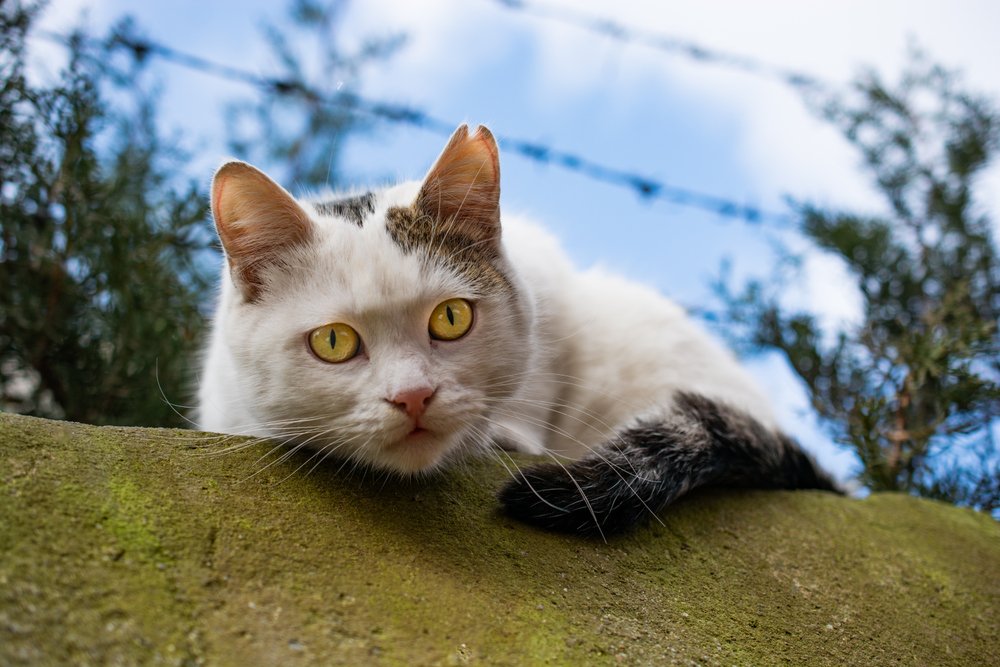
As our understanding of cats and their welfare evolves, so does the approach to their instincts. Many experts advocate for enriching domestic environments and implementing strategies that respect a cat’s inherent needs. Balancing a cat’s instinctual behaviors with environmental considerations will continue to be a focal point for cat enthusiasts worldwide, preserving their unique characteristics while minimizing negative impacts on ecosystems.
Summary
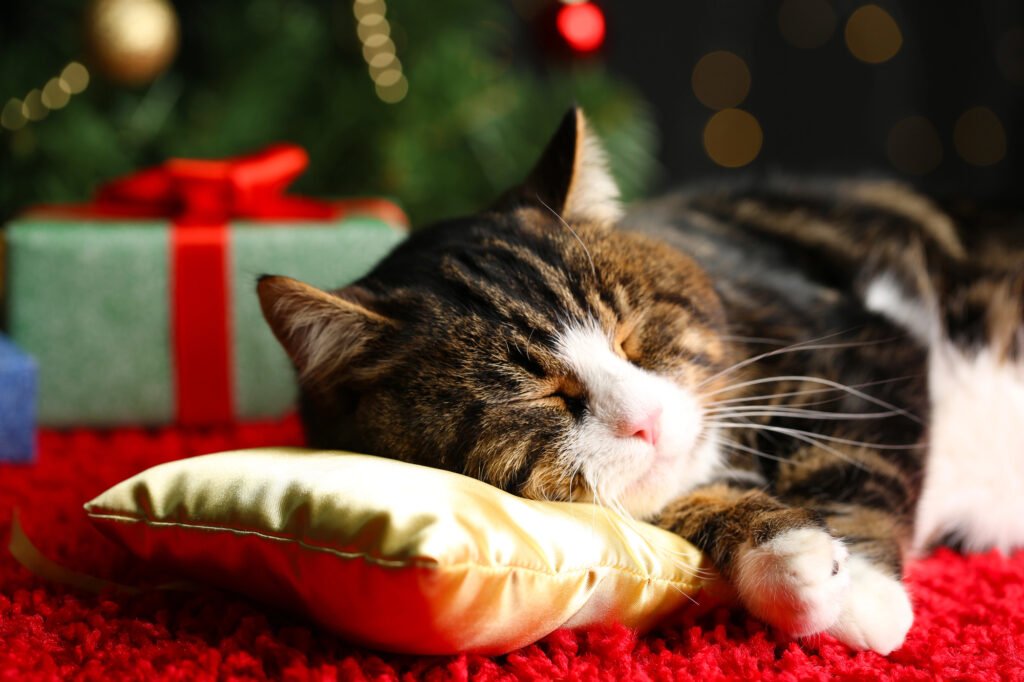
In summary, the ever-present hunting instincts of domestic cats are a testament to their evolutionary past and their remarkable ability to adapt while retaining essential behaviors. These instincts not only define what it means to be a cat but also bridge the fascinating link between wild and domestic life.

